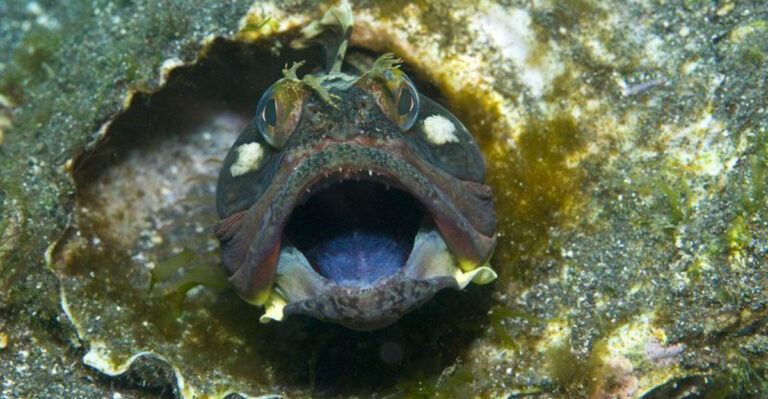Why Rattlesnakes Rattle And What To Do When You Hear It
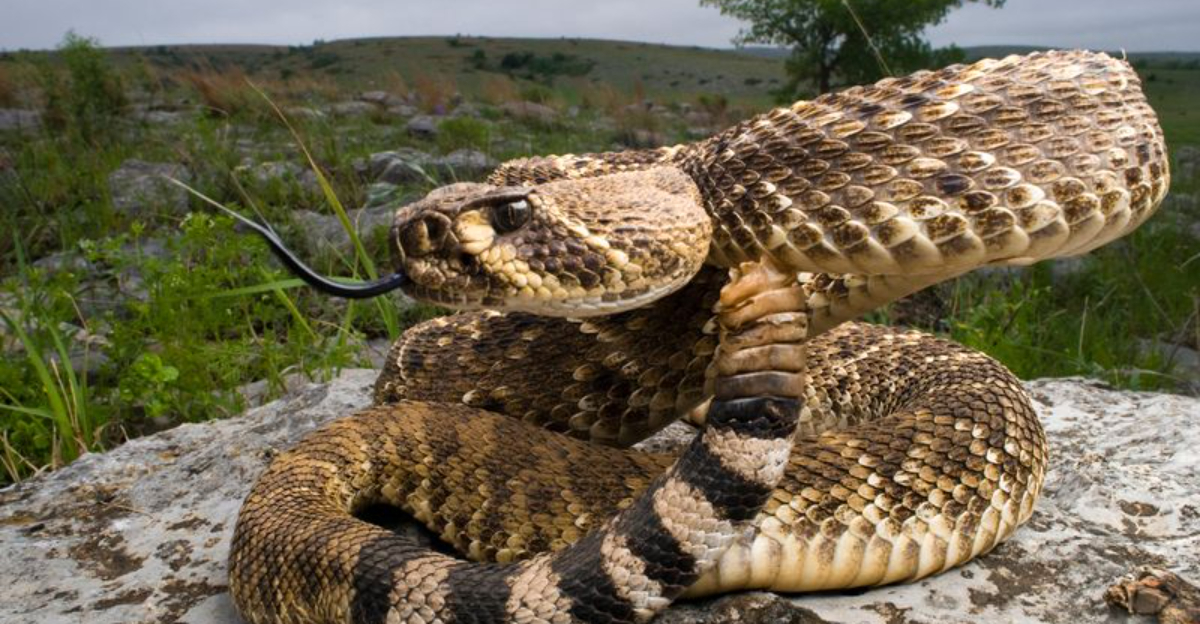
That distinctive buzz in the wilderness isn’t just nature’s soundtrack—it’s a rattlesnake’s warning system in action.
These remarkable reptiles have evolved their famous tail rattle as a sophisticated communication tool that serves multiple purposes. Understanding why they rattle and how to respond could save your life during an unexpected encounter in rattlesnake country.
1. Warning System Activated
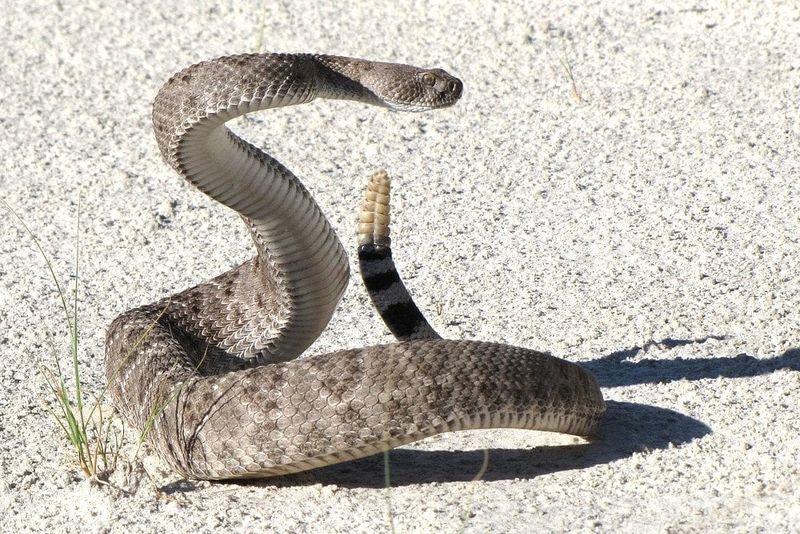
Rattlesnakes don’t want to waste precious venom on creatures they can’t eat. The rattle serves as their primary defense mechanism, warning potential threats to back away.
Most snakebites occur when humans don’t hear or ignore this warning. For rattlesnakes, it’s like having a built-in alarm system that helps them avoid confrontation altogether.
2. Fear Response Triggered

Just like how you might scream when startled, rattlesnakes shake their tails when frightened. This instinctive response happens when they feel cornered or threatened by sudden movements.
Baby rattlesnakes can rattle from birth, even though their first rattle segment (called a button) makes little sound. Their fear response is hardwired from day one.
3. Territory Declaration

Male rattlesnakes often rattle to announce their presence to rivals. During mating season, this territorial display warns other males to stay away from their hunting grounds and potential mates.
The sound can travel surprisingly far through desert terrain. Think of it as the snake version of a “No Trespassing” sign posted throughout their domain.
4. Predator Confusion Tactic
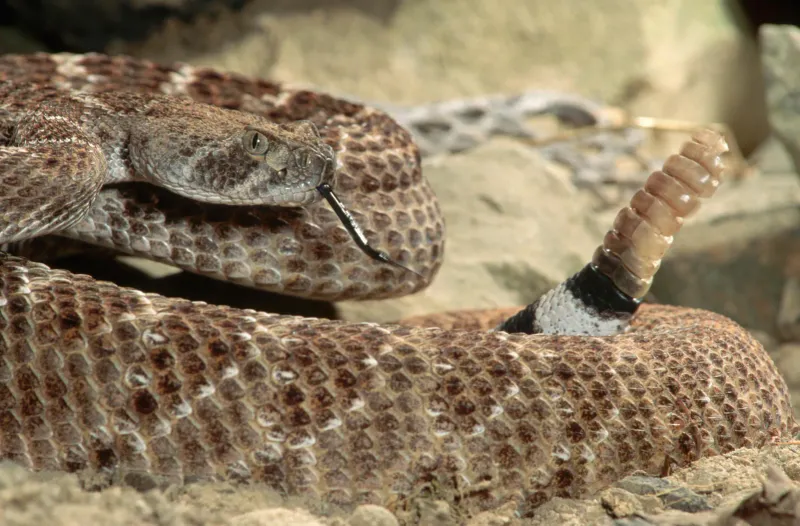
The buzzing sound creates confusion about the snake’s exact location. This auditory illusion makes it harder for predators to pinpoint where to attack.
Scientists believe the rattle evolved specifically to confuse animals with keen directional hearing. The sound bounces off rocks and vegetation, creating a ventriloquist effect that keeps enemies guessing.
5. Size Exaggeration Strategy
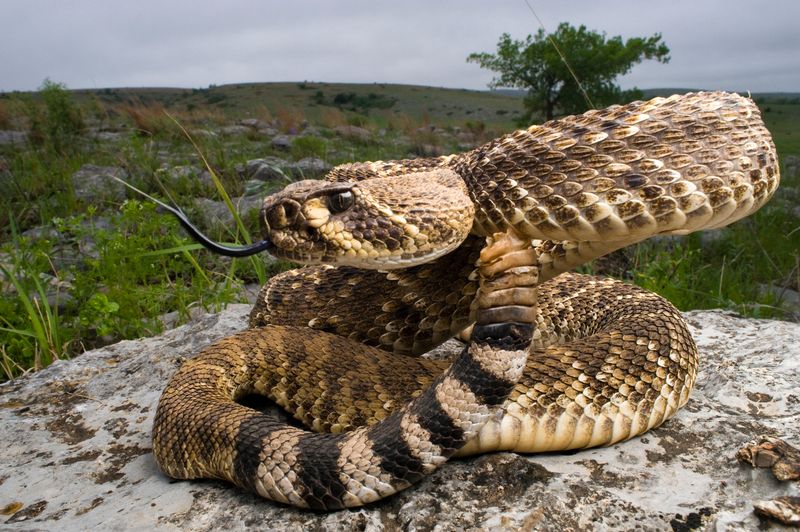
A rattling snake sounds bigger and more dangerous than it actually is. The loud buzz creates the impression of a larger, more formidable creature that potential predators shouldn’t mess with.
This acoustic intimidation works similarly to how some animals puff up their fur or feathers. It’s a bluffing technique that helps smaller rattlesnakes survive encounters with larger animals.
6. Mating Call Function

Female rattlesnakes sometimes recognize the distinctive rattle pattern of potential mates. The vibration frequency and cadence can communicate information about a male’s size, health, and suitability as a partner.
During breeding season, males may rattle with different rhythms than when they’re defensive. This subtle communication helps females locate worthy partners in their rocky habitat.
7. Temperature Regulation Aid

Shutterstock
Rattling generates heat through muscle movement. On cool mornings, some rattlesnakes will briefly rattle to warm up their bodies faster without needing to move from safe hiding spots.
This metabolic hack helps them reach optimal hunting temperature sooner. The muscle contractions in their tails create enough warmth to jump-start their day when the desert air is still chilly.
8. Species Identification Signal
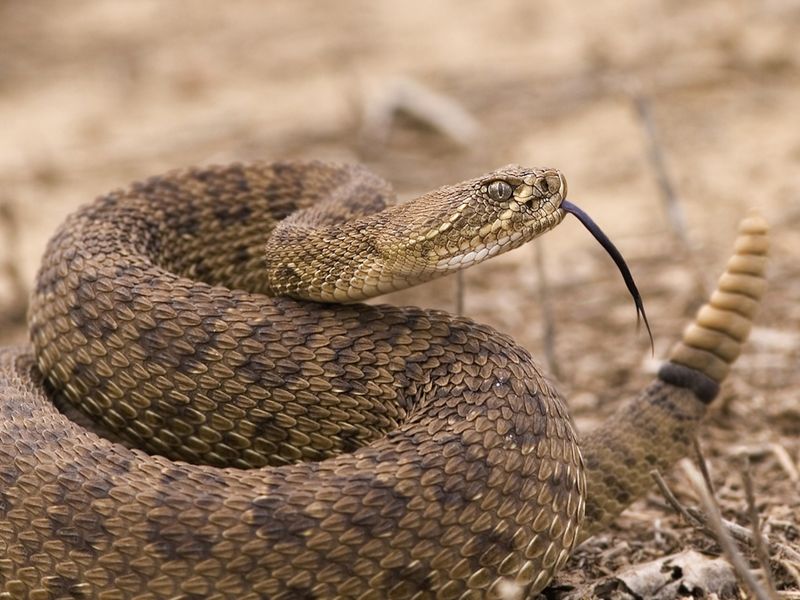
Each rattlesnake species has slightly different rattle sounds and patterns. These acoustic signatures help them identify their own kind in areas where multiple rattlesnake species might overlap.
Experienced field researchers can sometimes identify the specific species just by hearing the rattle. The pitch, duration, and rhythm vary between timber rattlers, diamondbacks, and other varieties.
9. Hunting Distraction Device
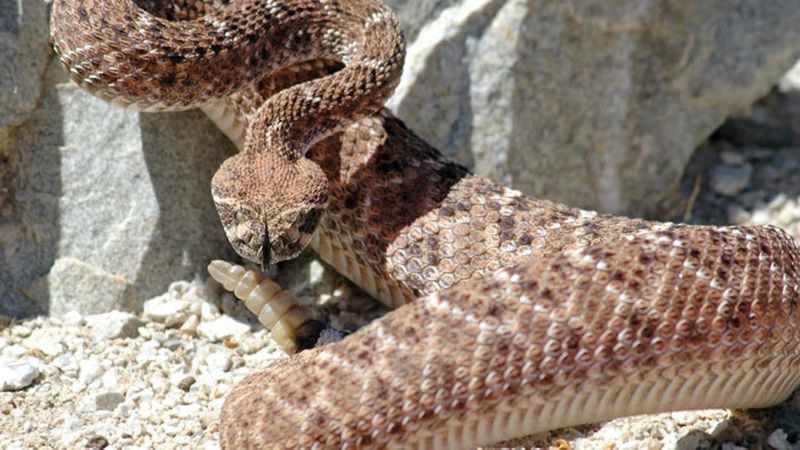
Occasionally, rattlesnakes use their rattle to distract curious prey animals. Small rodents might investigate the unusual sound, bringing them within striking range.
While not their primary hunting strategy, this clever tactic works especially well on young, inexperienced prey. The rattling creates just enough curiosity to draw dinner closer instead of scaring it away.
10. Stress Relief Mechanism
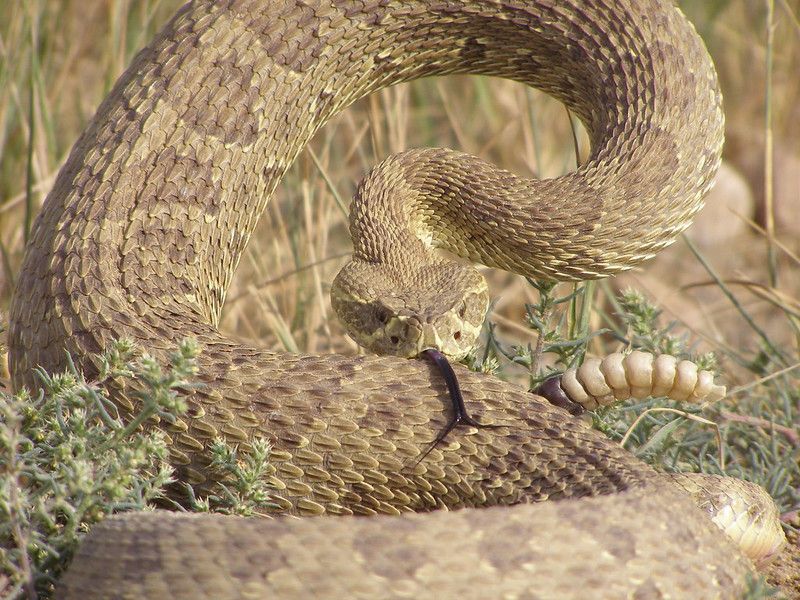
Rattling serves as a stress-relief valve when snakes feel anxious. The repetitive muscle movement releases tension and helps regulate their nervous system during threatening situations.
Similar to how humans might tap their fingers when nervous, this behavior has physiological benefits. The action itself may release calming hormones that help the snake maintain focus during dangerous encounters.
11. Freeze In Place Immediately

Your first move should be no move at all. Sudden movements trigger the snake’s strike reflex, while standing still helps you locate the sound source and assess the situation. Take a deep breath and resist the urge to run or jump. Most rattlesnake bites happen when people panic and accidentally step closer to the snake instead of away from it.
12. Back Away Slowly And Deliberately

Once you’ve located the snake, slowly back away without making sudden movements. Maintain at least 5 feet of distance—rattlesnakes can strike up to two-thirds of their body length.
Never turn your back on the snake while retreating. Move with deliberate steps, watching your footing to avoid tripping or stepping near another snake.
13. Alert Others In The Area

Calmly warn nearby hikers or companions about the snake’s location. Use a normal speaking voice rather than shouting, as loud noises might further agitate the snake. If you’re in a popular hiking area, consider marking the location (from a safe distance) with a small cairn or stick arrangement. This courtesy helps others avoid surprise encounters with the same snake.
14. Report The Sighting If Necessary
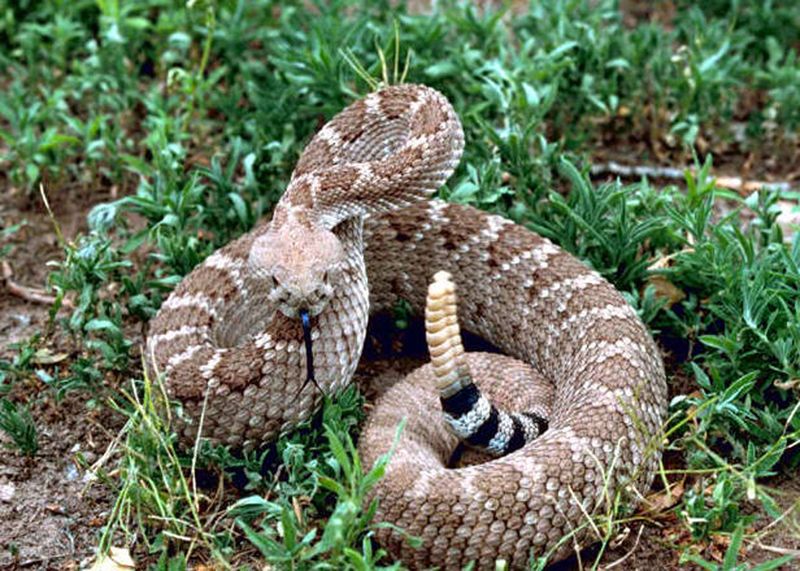
In residential areas or public parks, report rattlesnake sightings to local rangers or animal control. Never attempt to kill, capture, or relocate the snake yourself—it’s dangerous and often illegal. 4
Take note of the snake’s appearance and location details if reporting. Many parks track rattlesnake populations to better protect both visitors and these important predators that help control rodent populations.





